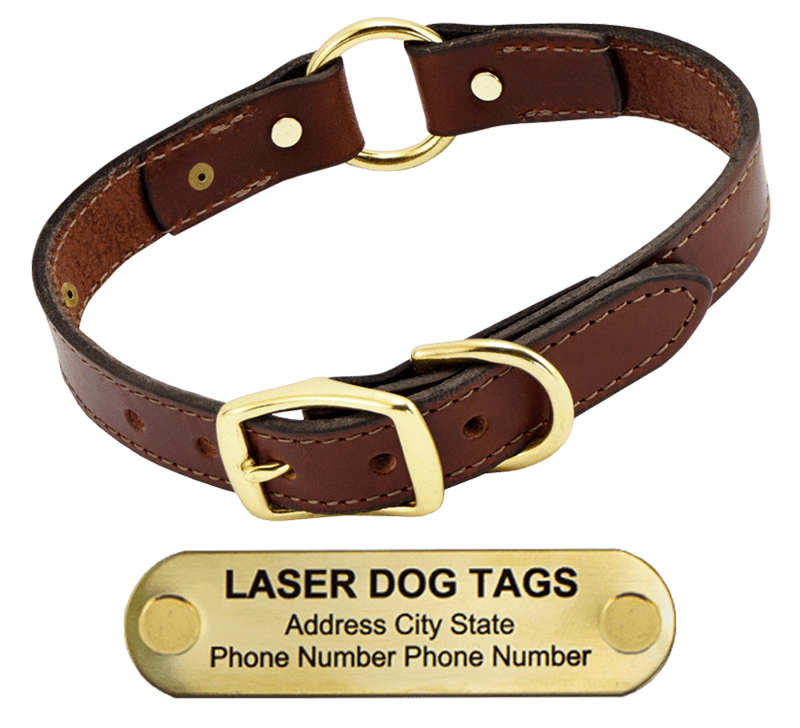Edit: I am not asking for training advice, or criticism about the use of training tools. I am asking for advice and experiences regarding skin health and hair regrowth, simply stating that the cause is correlated to collar friction/metal sensitivities. After fully reading this post, please only leave comments that are constructive and helpful.
We are dealing with a couple of different issues with Draco’s neck.
When we first introduced the use of a Dogtra e-collar with our trainer, we did not realize that he was sensitive/allergic to the contact points (the original ones contain nickel, chrome). It took about a month to figure this out, that it was not instead linked to his prong collar. He developed a series of scabs/irritated skin. We have since switched to titanium contact points which has helped new spots from getting irritated. We also do not have him wear it for prolonged periods of time, and switch the placement of the collar periodically.
However, he seems to have developed scar tissue in the places that those scabs developed. Very very little hair has grown back (with some pieces of hair growing in white).
Additionally, in the front of his neck, he doesn’t have any scars but rather quite thin hair from collar rubbing despite the fact that we do not leave any collars on him for prolonged period (he does not even wear a flat 24/7).
The vet was not very helpful, they offered to do a skin scrap but said that there were no signs of bacterial or fungal issues. We feed him a 1/2 raw 1/2 Farmina kibble/freeze dried raw diet, and I have started to incorporate some additional supplements like colostrum and manuka honey.
Has anyone ever dealt with issues like this? How did you approach healing these spots? is there any hope that the hair will ever grow back over those spots?
![Image]()
![Image]()
We are dealing with a couple of different issues with Draco’s neck.
When we first introduced the use of a Dogtra e-collar with our trainer, we did not realize that he was sensitive/allergic to the contact points (the original ones contain nickel, chrome). It took about a month to figure this out, that it was not instead linked to his prong collar. He developed a series of scabs/irritated skin. We have since switched to titanium contact points which has helped new spots from getting irritated. We also do not have him wear it for prolonged periods of time, and switch the placement of the collar periodically.
However, he seems to have developed scar tissue in the places that those scabs developed. Very very little hair has grown back (with some pieces of hair growing in white).
Additionally, in the front of his neck, he doesn’t have any scars but rather quite thin hair from collar rubbing despite the fact that we do not leave any collars on him for prolonged period (he does not even wear a flat 24/7).
The vet was not very helpful, they offered to do a skin scrap but said that there were no signs of bacterial or fungal issues. We feed him a 1/2 raw 1/2 Farmina kibble/freeze dried raw diet, and I have started to incorporate some additional supplements like colostrum and manuka honey.
Has anyone ever dealt with issues like this? How did you approach healing these spots? is there any hope that the hair will ever grow back over those spots?





